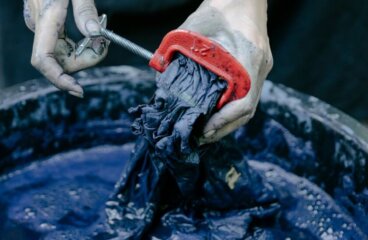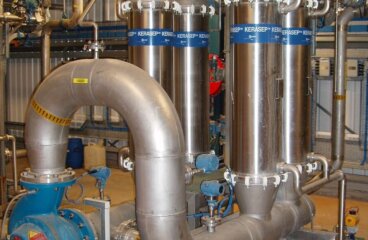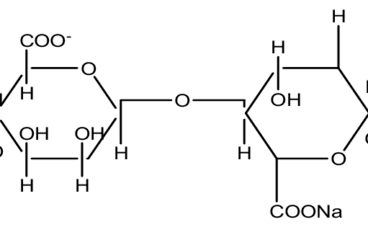Red-Listed Textile Dyes: Examining Health Hazards and Risks
Environmental protection and product safety are becoming increasingly important criteria in the purchase of textiles, due to the emotive nature of the debate and greater consumer concern. This article provides general information about azo dyes to help put the issue on a more factual basis. Here you will also find some background notes about the German Consumer Goods Ordinance (GCGO), […]




